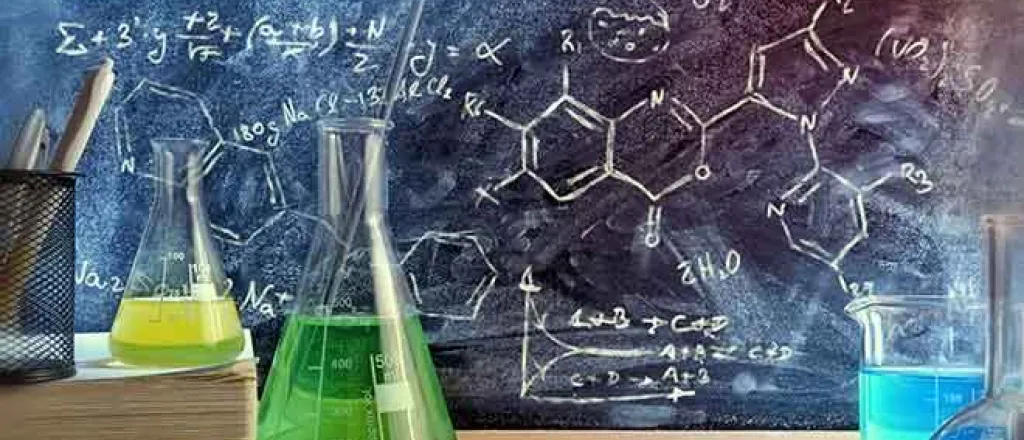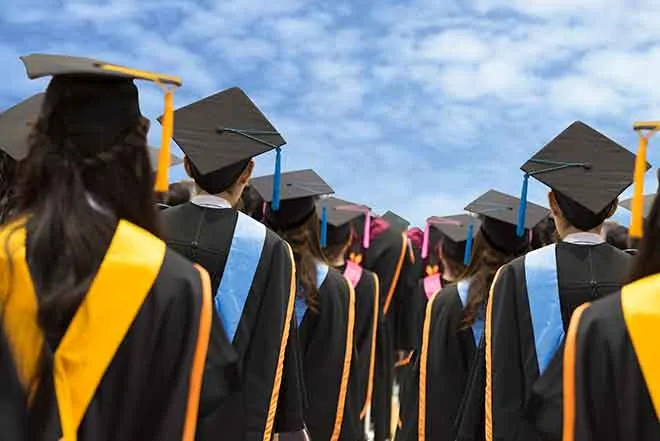
Students fight pandemic – and get real-world experience – by using 3D printers to make face shields

Johannes Strobel, University of Missouri-Columbia
When high school teachers in Camdenton, Missouri, read about how personal protective equipment for health care workers was in short supply due to the COVID-19 outbreak – and how anyone with a 3D printer could help fill the void – they sprung into action.
The educators asked their fellow teachers at Camdenton Middle School, which had already secured 3D printers as part of a federal education grant, if they and their students could use the machines to make urgently needed face shields for health care workers. The middle school teachers gladly agreed.
Now, as the new coronavirus continues to spread, Camdenton High School has produced hundreds of these shields for health care workers and has plans to produce more in collaboration with other schools. The work will be aided by a five-year US$18.6 million federal grant that I helped the community obtain to train educators to use STEM in all grades and subject areas to teach students to solve problems that affect their communities. Through the grant, my colleagues and I expect to reach 58 rural middle schools, 406 teachers and nearly 27,000 students.
As a researcher who focuses on STEM education, I know that this effort is doing more than just bridging a gap in personal protective equipment. Doing hands-on projects that solve real-world problems gets students more interested in science technology, engineering and mathematics.
Hands-on projects also improve what researchers like me call “self-efficacy.” That’s the belief a person has in their ability to successfully do a similar task in the future. Research also shows that students – particularly girls and students of color – become motivated and interested in engineering when it is tied to working for the social good.
It also helps tremendously when the project is authentic – students do real science and engineering, the work is meaningful outside of school and students actually care about what they produce.
Making the shields
With school closed, the 15 high school students involved with the project had only limited dealings with the 3D printers. For instance, to keep in line with social distancing rules, only one or two students were permitted in the school to work on the printers at once.
However, students were still able to do meaningful tasks. For example, they searched for face shield designs and proposed different design solutions, such as figuring out alternative materials to use due to shortages of certain parts of the shield that cannot be printed. Students loaded the design onto the printers.

The project team consists of eMINTS, an organization that helps educators integrate technology into school curriculum, along with myself as director of the WeMake – Design & Learn Lab. Both eMINTS and my lab are housed at the College of Education, University of Missouri.
Matching funds for the 3D printers were provided by Kansas City AV, an organization that facilitates videoconferencing and technology in schools. Teachers, students and other community members are volunteering their time to produce and distribute the face shields to local hospitals and health care providers and nursing homes.
The face shields must be sterilized or at least disinfected before they are handed off. Face shields should not be confused with face masks. Face shields have less stringent regulations than face masks and are used to protect health care workers any time they work with sick people who are coughing.
STEM workers of the future
The COVID-19 crisis will inevitably continue to present a lot of challenges. Within those challenges will be opportunities for students to learn through taking a hands-on approach to real-world problems. Support from teachers will be key.
When it comes to turning the face shield project and similar ones into learning opportunities, we can’t just give students a problem and say “go.” Research shows that just doing projects alone does not lead to learning for students. Students need help and guidance on tying together the project with science, articulating what they did and reflecting on their experience. Students will then begin to see themselves as the scientists and engineers of the future. And when the next crisis comes along, they will be better prepared to confront it.
[Get the best of The Conversation, every weekend. Sign up for our weekly newsletter.]![]()
Johannes Strobel, Professor of Information Science & Learning Technologies, University of Missouri-Columbia
This article is republished from The Conversation under a Creative Commons license. Read the original article.

















